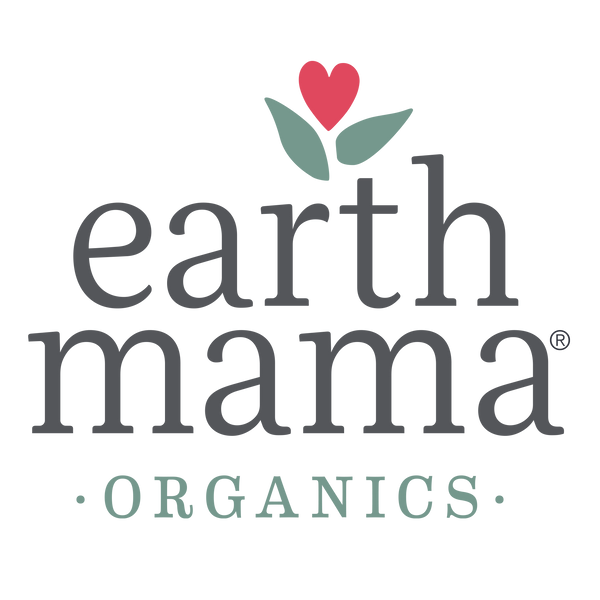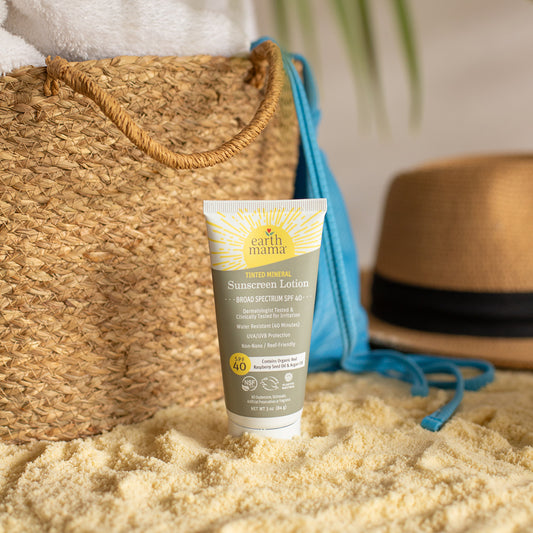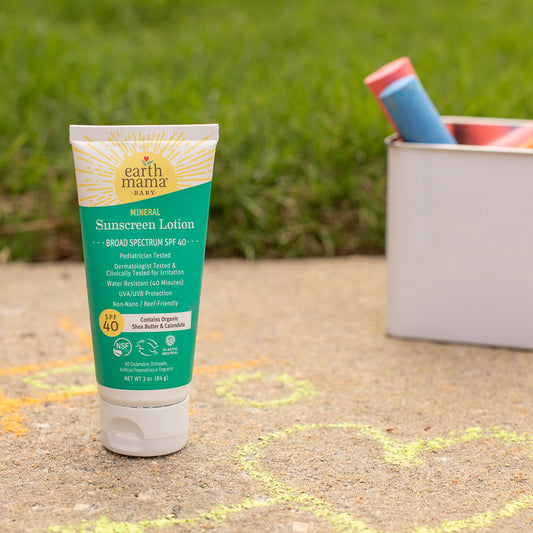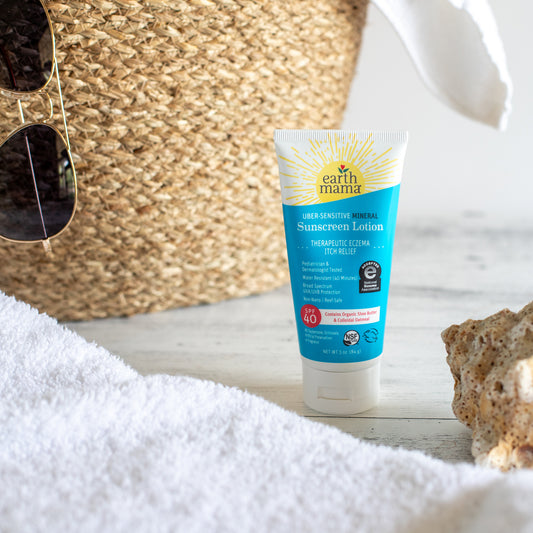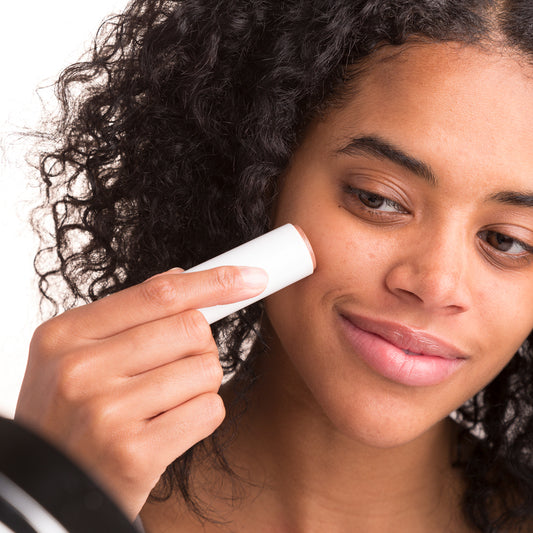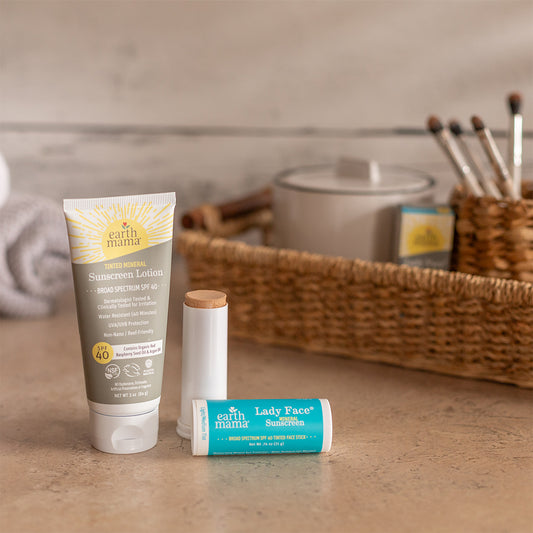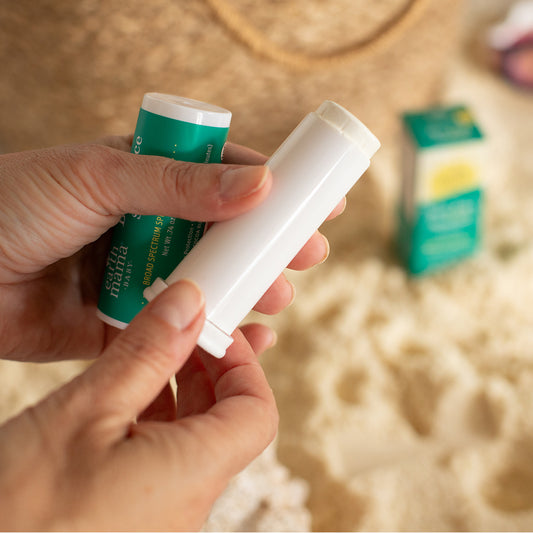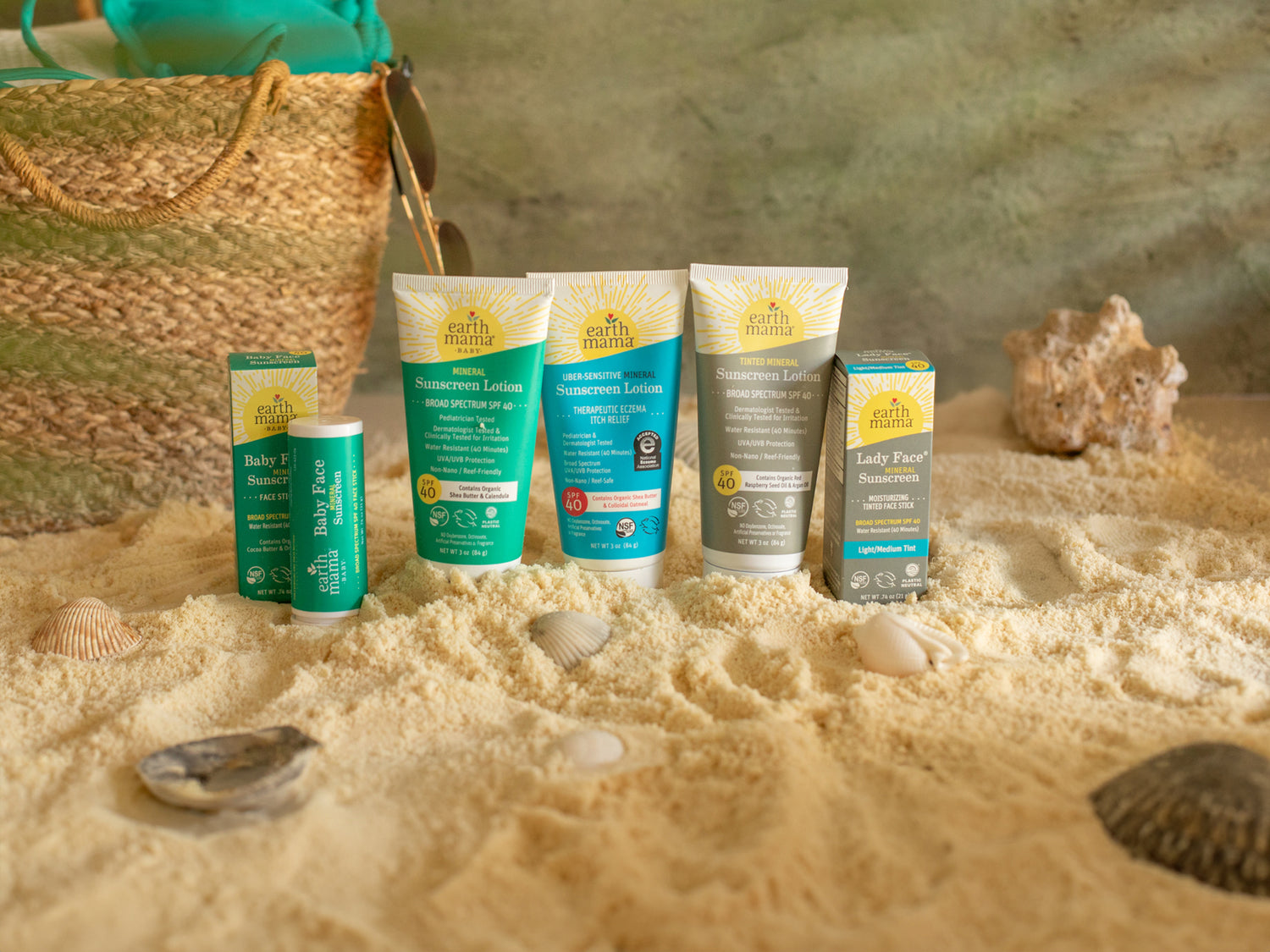
Mineral Sunscreen for the Whole Family
Earth Mama's mineral sunscreens are carefully formulated with people and the planet in mind. Made with worry-free ingredients that protect from UVA/UVB rays, they’re also skin-nourishing.
-

Baby
Super gentle for that sweet soft baby skin, Baby Mineral Sunscreen Lotion and Baby Face Mineral Sunscreen Face Stick are both broad spectrum SPF 40.
-
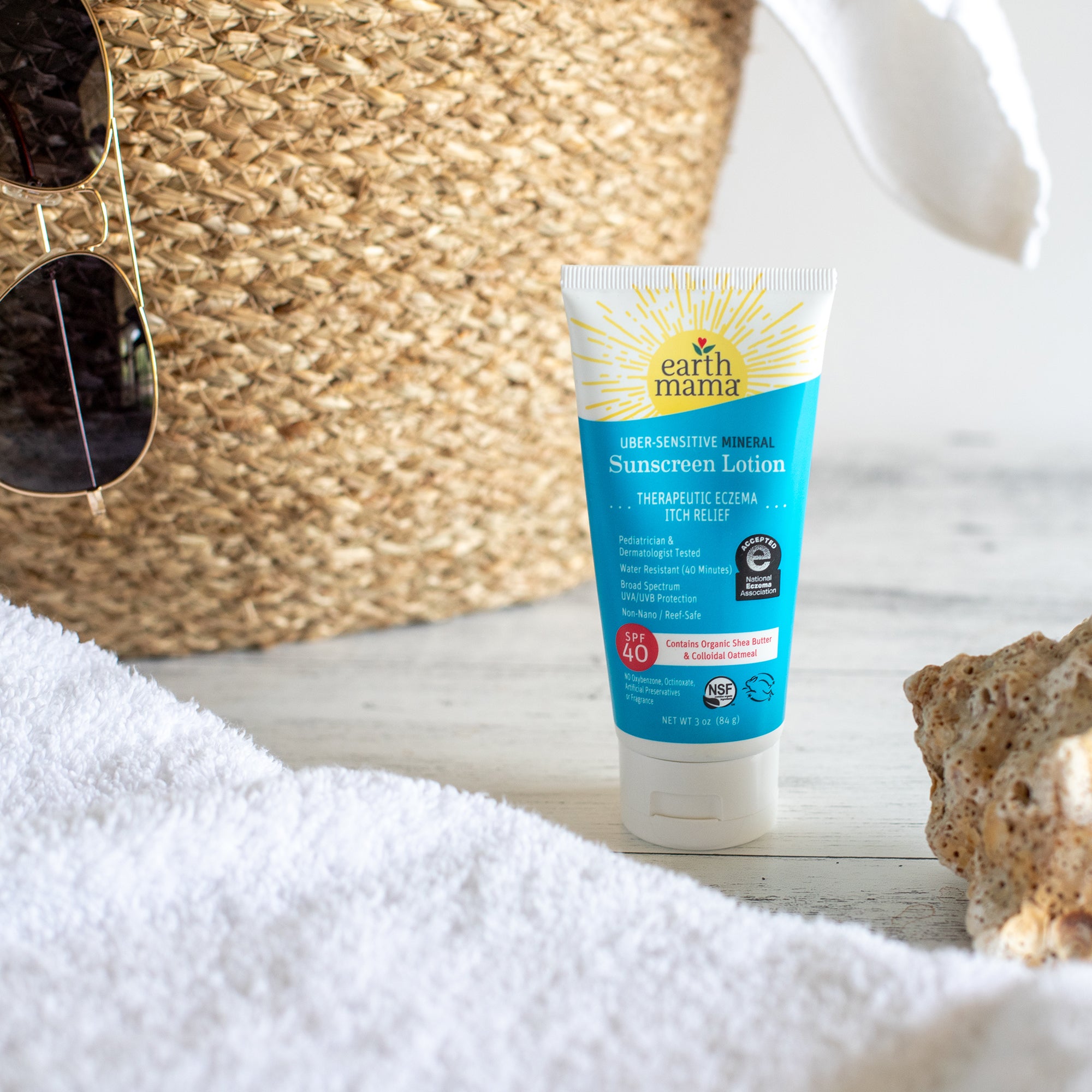
Sensitive Skin
Safe for the rashy-est of skin, Uber-Sensitive Mineral Sunscreen Lotion is packed with organic colloidal oatmeal and has been awarded the Seal of Acceptance™ by the National Eczema Association.
-

Tinted
Tinted Mineral Sunscreen Lotion SPF 40, and Lady Face® Mineral Sunscreen Tinted Face Stick are designed for those who prefer to avoid the white cast of traditional formulas.
-
Tinted Mineral Sunscreen Lotion SPF 40
3.7 / 5.0
(45) 45 total reviews
Regular price $17.99 USDRegular priceUnit price / per -
Baby Mineral Sunscreen Lotion SPF 40
4.3 / 5.0
(70) 70 total reviews
Regular price $16.99 USDRegular priceUnit price / per -
Uber-Sensitive Mineral Sunscreen Lotion SPF 40
4.2 / 5.0
(34) 34 total reviews
Regular price $17.99 USDRegular priceUnit price / per -
Lady Face® Tinted Mineral Sunscreen Face Stick SPF 40
4.7 / 5.0
(159) 159 total reviews
Regular price $14.99 USDRegular priceUnit price / per -
A Hint of Tint Bundle
Regular price $32.98 USDRegular priceUnit price / per -
Twice as Nice Baby Mineral Sunscreen Set
Regular price $27.98 USDRegular priceUnit price / per -
Baby Face Mineral Sunscreen Face Stick SPF 40
4.5 / 5.0
(32) 32 total reviews
Regular price $10.99 USDRegular priceUnit price / per
Fast Facts About Earth Mama Sunscreen
- No oxybenzone, octinoxate or other toxic chemical sunscreens
- Rated ONE on the EWG’s Skin Deep Cosmetics Database, the lowest hazard rating a product can achieve
- Broad spectrum SPF, UVA/UVB protection
- All are dermatologist tested and clinically tested for irritation
- Baby and kids sunscreens are also pediatrician tested
- With non-nano zinc to reflect and absorb UV radiation
- Certified to the NSF/ANSI 305 organic standard
- Leaping Bunny Certified
- Water resistant (40 min)
Non-Nano: Here's Why Size Matters... in Mineral Sunscreen
If there were a sunscreen-off between the two different kinds of sunscreen — mineral and chemical — we’d put our money on mineral every time. The mineral in question? Zinc oxide. Here’s why: It’s a physical barrier, sitting on top of the skin and scattering, reflecting or absorbing harmful UVA
and UVB rays. Way better than chemical sunscreens with potentially harmful ingredients absorbing into your body, right?
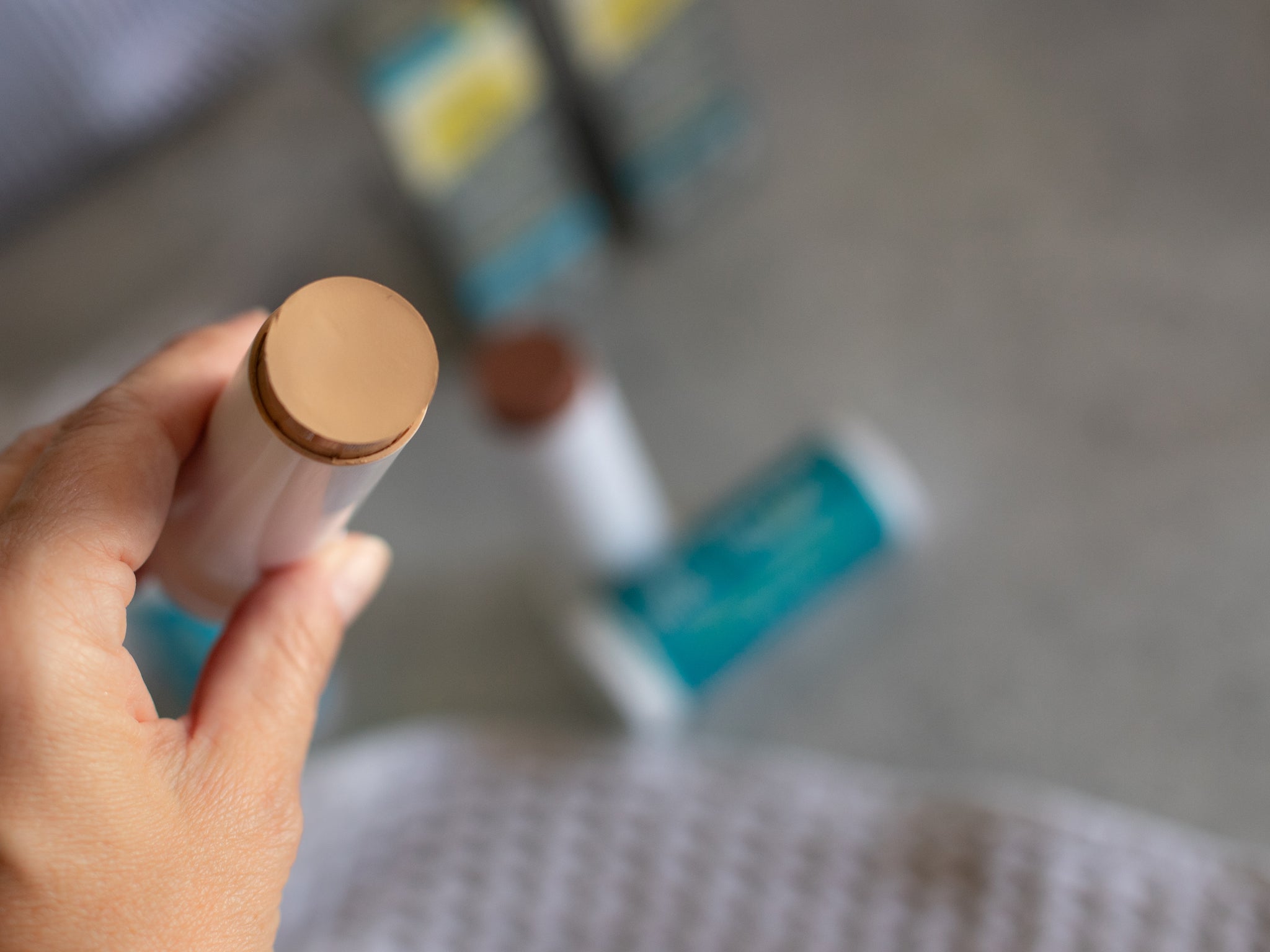
Tint truly blends into various skin tones.
I was very hesitant to purchase the tinted face stick however I am SO glad that I did. It solved my problem of finding a safe sunscreen and the shade really does blend into various skin tones. —GC1517
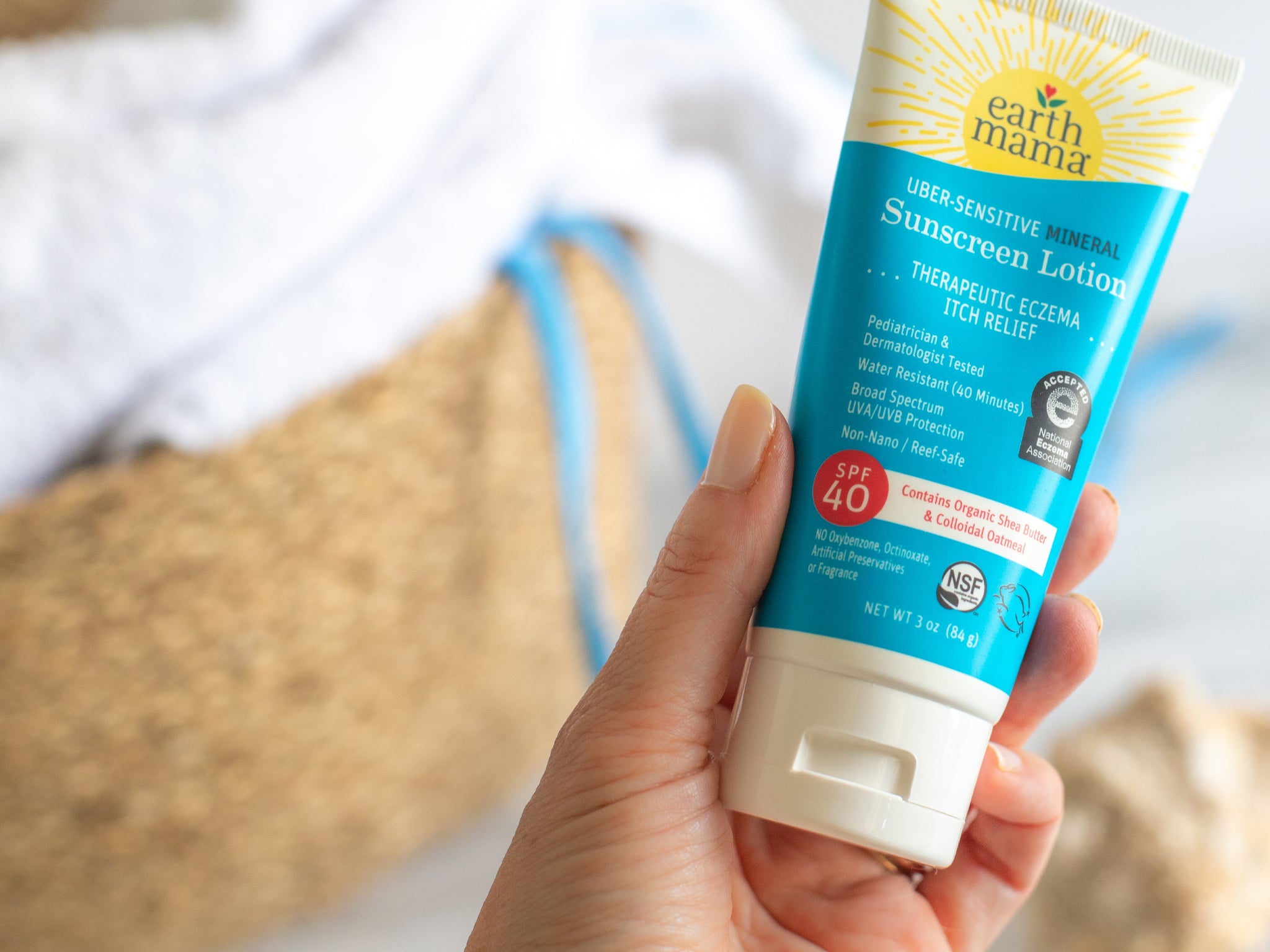
The SPF that works!
Easy to apply. SPF that protects. The perks also include a clean product minus the yucky chemicals. —Deanna

The best sunscreen for little faces!
My favorite diaper bag sunscreen! I love the size and grabbed several for the diaper bag, my purse and by the door. It really works well as an all body sunscreen for little ones. —Jessica
What’s in Earth Mama mineral sunscreens is just as important as what’s not.
If an ingredient is available organic, we use it. Each ingredient is purposefully sourced with great consideration — and they either boost the sunscreen’s SPF value, moisturize or make sure it’s safely gentle on uber-sensitive skin.
-
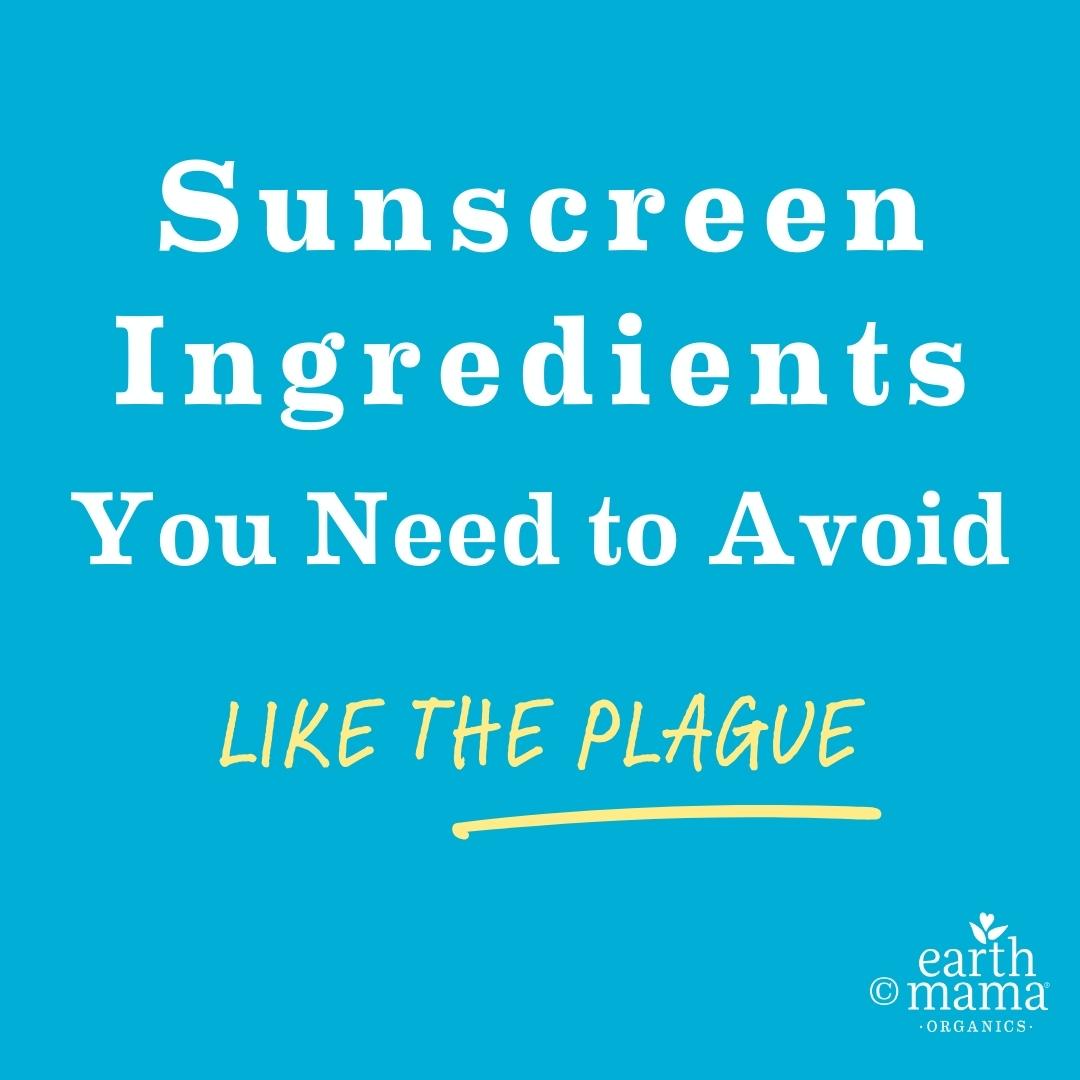
Sunscreen Ingredients You Need to Avoid
Read MoreA helpful primer on everything you need to know about picking the safest sunscreen for you family.
-
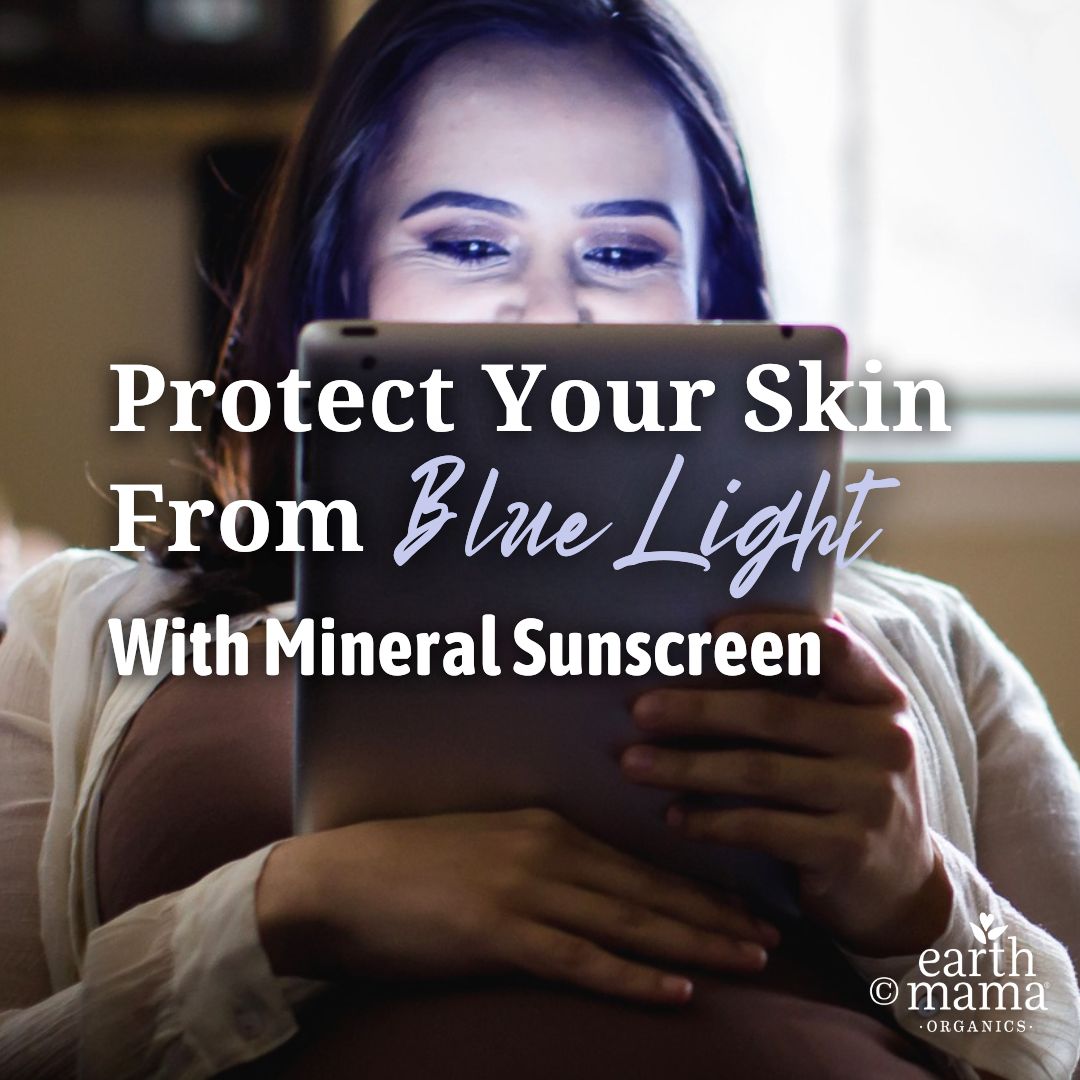
Protect Your Skin From Blue Light With Mineral Sunscreen
Read MoreIf you’re wondering whether you need to be concerned about blue light, we did the research for you.
